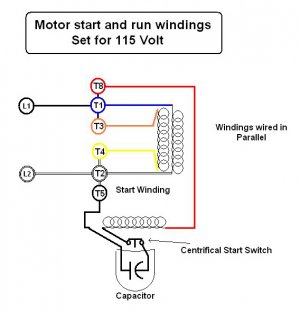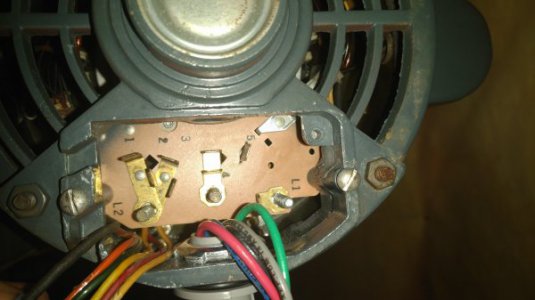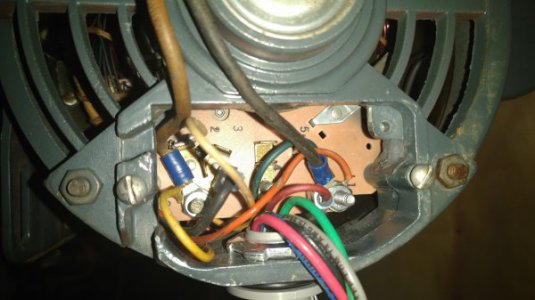- Joined
- Jan 1, 2017
- Messages
- 31
I see, that makes a lot more sense now. I think I have been using the wrong terminology, and I think you are right that the red and black are the start leg. When the motor is not running the centrifugal switch should be closed so I should be able to measure the resistance though that whole leg.
Thank you for all your help btw I really appreciate it!
Thank you for all your help btw I really appreciate it!



